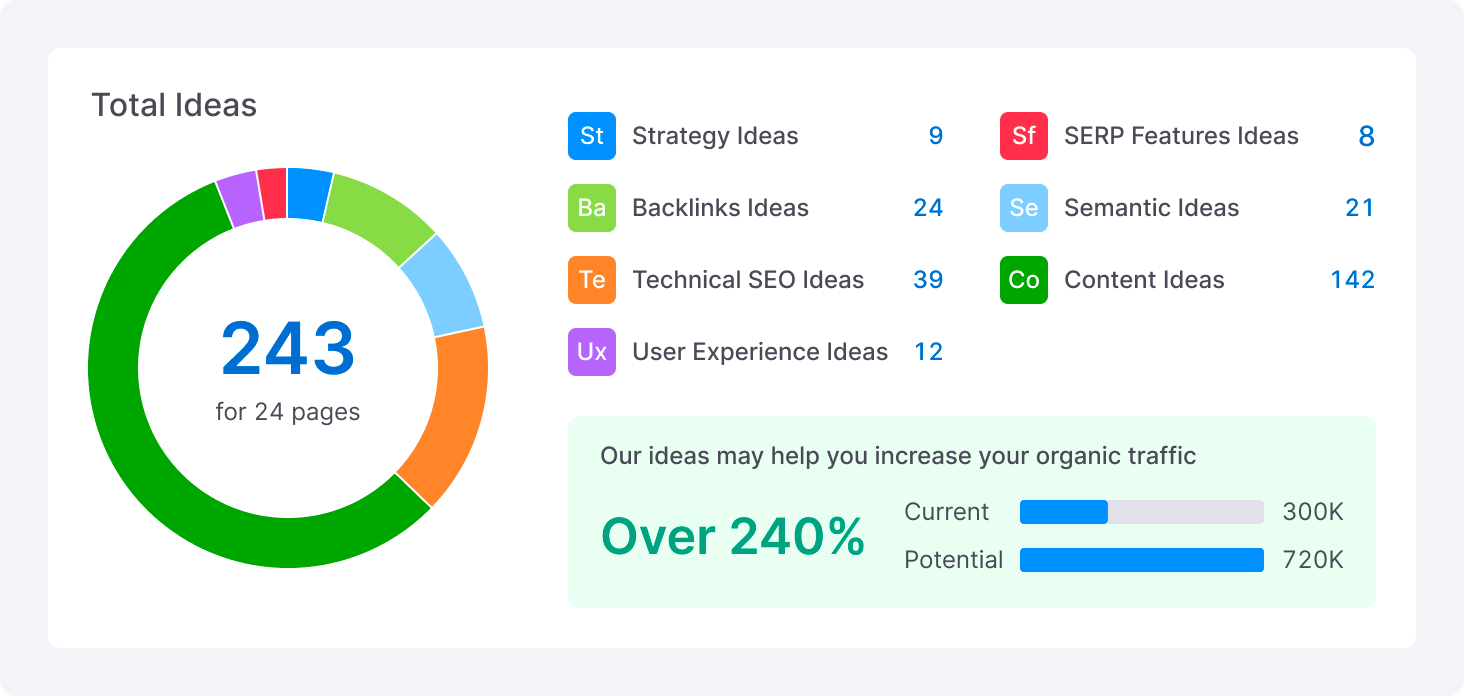Crucial Details on What Is Ruled Out a Default Medium in Google Analytics
Crucial Details on What Is Ruled Out a Default Medium in Google Analytics
Blog Article
Thinking Outside package: Leveraging Unconventional Mediums to Maximize Google Analytics Efficiency
In the world of electronic marketing, the mission for improved Google Analytics performance has actually become a calculated essential for companies seeking to fine-tune their on-line existence. Standard techniques commonly drop short in recording the full range of client communications and habits. By checking out unusual tools as opportunities of data collection, a brand-new world of opportunities emerges. These undiscovered areas use a wide range of untapped insights that can potentially transform the method we understand and maximize our digital techniques.
Special Data Resources

CRM systems, for instance, can supply understandings into specific customer interactions, purchase history, and preferences, which can be incorporated with Google Analytics information to develop even more tailored marketing techniques. Social media systems provide useful data on customer demographics, interests, and involvement metrics, allowing organizations to evaluate the efficiency of their social media sites projects and enhance content for far better performance. Email advertising and marketing data, consisting of open prices, click-through prices, and conversion metrics, can additionally be leveraged to track customer interaction and actions past web site interactions caught by Google Analytics. By leveraging these distinct information sources, services can fine-tune their methods, boost targeting initiatives, and boost overall Google Analytics performance.
Social Media Site Insights

Moreover, social media sites analytics devices enable services to track key efficiency indicators, monitor project performance, and determine the effect of their on the internet activities. Comprehending the demographics of followers, identifying preferred content motifs, and assessing involvement degrees can help services tailor their marketing strategies for better outcomes.
Offline Advertising Integration
Incorporating offline advertising and marketing approaches with electronic analytics can improve overall campaign efficiency and offer a more comprehensive understanding of consumer actions. what is not considered a default medium in google analytics. By bridging the space in between online and offline efforts, services can track the impact of standard marketing networks such as print ads, TV commercials, direct-mail advertising, and events on their on the internet visibility

Furthermore, implementing telephone call monitoring systems for offline advertising and marketing tasks allows companies to capture valuable data on consumer queries generated via published advertisements or products (what is not considered a default medium in google analytics). By examining phone call data along with on the internet metrics in Google Analytics, businesses can obtain much deeper understandings right into the consumer journey and optimize advertising and her response marketing methods great post to read for improved efficiency throughout all networks
IoT and Wearable Innovation
Utilizing IoT and wearable modern technology in digital analytics can revolutionize data collection and consumer understandings for services seeking a deeper understanding of user actions patterns. These ingenious technologies use a seamless means to gather real-time data from numerous touchpoints. IoT devices can track individual interactions with product and services, supplying beneficial info on use patterns and choices. Wearable innovation, such as smartwatches or physical fitness trackers, can offer insights right into customer tasks, health and wellness metrics, and also area data.
Gamification Methods
The execution of gamification techniques in electronic analytics offers an innovative method to improving customer engagement and driving actionable insights for services. By integrating game-like elements such as points, badges, leaderboards, and awards right into the analytics user interface, business can encourage users to communicate more frequently and meaningfully with the data.
Gamification urges customers to explore various features of the analytics platform, discovering beneficial understandings that may have otherwise gone unnoticed. Through interactive challenges and progression monitoring, customers are incentivized to dive deeper into the data, bring about raised time invested on the platform and a higher possibility of finding essential patterns or patterns.
Furthermore, gamification can foster a feeling of competitors among users, stimulating them to make every effort for higher efficiency and involvement degrees. This competitive spirit can drive increased user adoption prices and a much more extensive utilization of the analytics tools available. Inevitably, by leveraging gamification approaches in digital analytics, businesses can go to this website create a more interesting and productive atmosphere for users, causing more enlightened decision-making and enhanced total efficiency.
Verdict
To conclude, leveraging non-traditional mediums such as distinct information sources, social media sites insights, offline advertising and marketing combination, IoT and wearable modern technology, and gamification strategies can enhance Google Analytics performance. By believing outside package and discovering these alternative resources of data, companies can acquire important insights and improve their total advertising and marketing approaches. It is very important for companies to continually explore brand-new methods to collect information and analyze it in order to stay ahead in the ever-evolving electronic landscape.
By incorporating data from sources such as client connection management (CRM) systems, social media platforms, and email advertising projects, businesses can obtain a more extensive understanding of their audience habits and engagement patterns. Social media systems supply valuable data on user demographics, interests, and engagement metrics, enabling services to assess the performance of their social media projects and enhance material for much better performance. By leveraging these distinct data resources, businesses can refine their strategies, improve targeting initiatives, and boost overall Google Analytics performance.
Discovering social media understandings can supply services with beneficial information on customer demographics, rate of interests, and interaction metrics, allowing for informed decision-making and strategic optimization of marketing initiatives. By believing outside the box and checking out these alternative resources of data, services can get useful insights and enhance their overall marketing strategies.
Report this page